Why Green Tea Can Help With Teen Weight Loss And What’s In It
WHY GREEN TEA CAN HELP WITH TEEN WEIGHT LOSS & WHAT’S IN IT! (ISSUE 50)
 By Diane Gold
By Diane Gold
All teen groups have social rituals where they meet at the park, outside the school, on the street corner, in detention, at the local food mart, at after school music and art, sometimes, even in their homes. This custom is for the purpose of gathering and unwinding from their prescribed day at school.
Likewise, every adult society has some type of gathering ritual where the group comes together to sip some sort of tea or break bread.

Whether we are speaking of the sacred healing rituals of South America, the tea ceremonies of Asia, tea time in England and her former colonies or the relaxing meeting among friends at the local restaurant in America; having tea as a group is a common activity.
What if we could apply the socialization part of the tea ceremony with the gathering habit of teens who want to lose weight? What if the next fad were sitting down to have a tea moment?
WHAT HAPPENS FROM DRINKING GREEN TEA
• we take time to sit down and stop the mind’s race.
• we focus on the moment, rather than on past or future events.
• we have a drink that is pleasant to taste and smell.
• we supply our body with healthy antioxidants.
• we can promote weight loss.*
*WHAT’S IN GREEN TEA
• Catecholamine, or catechin, a polyphenol in many teas, can increase metabolism, which helps with weight loss. There is research considering whether high polyphenols disrupt mineral absorption or vegetarian sources of iron.
• Catechin absorbs and blocks bad cholesterol.
• Antioxidant properties in green tea protect the body from free radicals. According to Green Tea Lovers, a cup of green tea has higher antioxidants than a serving of broccoli, spinach, carrots or strawberries.
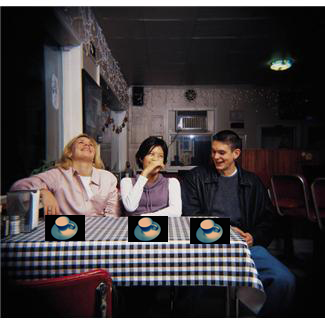 • Caffeine in tea speeds the metabolism. Theanine, another antioxidant present, has a relaxing effect on the body, which counteracts the caffeine. Therefore, the stimulant effect of caffeine is mild or not noticeable to most, yet, it increases metabolism, which is great for weight loss.
• Caffeine in tea speeds the metabolism. Theanine, another antioxidant present, has a relaxing effect on the body, which counteracts the caffeine. Therefore, the stimulant effect of caffeine is mild or not noticeable to most, yet, it increases metabolism, which is great for weight loss.
• CCK, or cholecystokinin, a peptide hormone, that, along with aiding in digestion, tells the body the brain that the body has had enough food. Therefore, it suppresses appetite.
THE BENEFITS OF TEA DRINKING ALONE, NOT IN A GROUP
Very often, teens who are struggling with weight issues are also not part of a social group. They may like to keep to themselves, may not like the idea of other people’s comments or may not want to put themselves in a position to be around food.
Alone can be wonderful, as long as we look at it that way. So, here’s the great news about tea drinking.
• It is a fantastic opportunity to smile with ourselves.
• It is quick to, easy, fun prepare.
• It is tasty.
• It is not the least bit fattening.
• The experience of making it and drinking it is meditative.
• It builds focus and increases metabolism. The focus makes us feel great. The enhanced metabolism makes us feel like moving and becoming active.
• It is expressive, as we begin to choose a favorite tea.
• The process is invigorating, stress-relieving and is enacted by all socioeconomic levels.
• Most importantly, the idea of drinking tea builds a sense of pride in being part of this meaningful ritual, that is healthy and reduces appetite. This may be the very reason tea rituals continue to be as popular now as they always were.
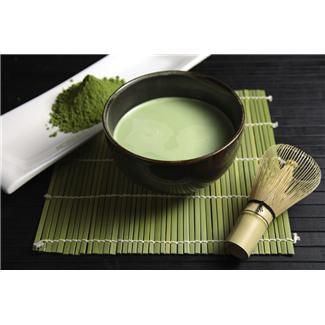 CONCLUSION
CONCLUSION
Taking time out to have tea can be a great way to start building a positive attitude in a teen who is working on her body weight. The very nature of the tea ritual is to slow down the process of drinking. The very reason for this has to do with the spiritual element to tea drinking, that of contemplating the current moment. The act of drinking tea correlates perfect with the zen tradition, also noted as the yin/yang theory of being in the present, not thinking about what just happened and no thinking about what is about to happen, but being contented in the here and now. Very satisfying!
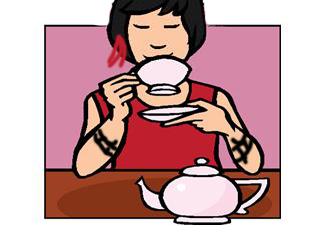 ACTION STEPS FOR TEENS
ACTION STEPS FOR TEENS
Here are some action steps to begin this relationship with drinking tea.
PUBLISHER’S NOTE: For those who cannot or don’t choose to take caffeinated tea, herbal tea is a great substitute in place of green tea. The properties are different. However, the drinking of the herbal tea, itself, suppresses appetite. And the herbs used in teas have a whole other set of benefits.
1) After school, set aside 10-15 minutes when you get home (before or after dinner), when you will sit and have tea. If you are in an after-school program, ask the room teacher if tea drinking is allowed in class. You might get the whole class interested. If you are at work, find another time to do the same ritual.
2) Keep a journal that mentions how you feel about the whole drinking tea process.
3) Plan this tea time as quiet time for yourself. Once you are comfortable with the process, you can invite another person in, or not. Come to terms with how upset you will get at criticism
4) Continue drinking tea as a ceremony/celebration for at least 7 days.
5) At the end of 7 days, choose whether or not to continue for another 7 days.
6) Email us at 1 [at] warriorsofweight [dot] com for congratulations and support after 14 days.
7) Send us a photo of your tea drinking that we can post, and ENJOY!
ACTION STEPS FOR MOMS
1) Show the action steps to your daughter.
2) If she decides to make her own tea, respect her space.
3) If she does not decide to make her own tea, clear the table yourself in preparation.
4) Ask your daughter to help you make tea.
5) If this works, drink tea in a quiet atmosphere with no pressure from you to ask about your daughter’s day, life, feelings, weight. Make this time exceptional.
6) If your daughter says no, ask her if she would make tea for you.
7) Be gracious and accepting of the tea with no criticism.
8) Offer for her to sit down with you. If this doesn’t work, just emulate the action steps for daughters and enjoy drinking tea.
9) Repeat the process so your daughter sees that it is not just a 1-day activity.
10) Ask her to join you, from time to time.
11) Enjoy the tea drinking.
WarriorsofWeight Consulting
Click the image below for a helping hand.
If you need a hand, please don’t hesitate to reach out. Help is right here at http://warriorsofweight.com/2012/07/warriorsofweight-consulting .
FEEDBACK
Please leave a comment and LIKE.
DIANE GOLD, AUTHOR
Diane Gold, Founder of Warriors of Weight, Moms For Healthy Daughters, is a mentor in tai chi, kung fu and meditation, a music, fitness and stress expert and a dedicated mom.
She always looks for old traditions that apply to modern day situations. Diane says,
“The art of tea preparation and drinking could be the very custom that is missing from our busy lives. Think of all the stress it would relieve if it were part of everyone’s day. As it is, people are so stressed out, they ritually drink alcohol, teens and adults. What if we standardly drank tea? I am absolutely adding it to my day. And you?”
For help, check out 1-Step Consulting.


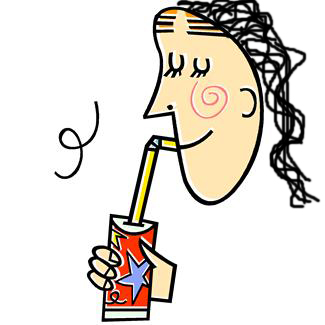 A study, published on Sept. 22, 2012 in the New England Journal of Medicine, looked at reducing the sugary drinks that teens drank for a year, using 224 teens. The study delivered non-caloric drinks to the homes of one-half of this teen group for a year, supplied coaching calls to parents, check-in visits and messaging with the participants. The other half just drank their sugary drinks, as usual.
A study, published on Sept. 22, 2012 in the New England Journal of Medicine, looked at reducing the sugary drinks that teens drank for a year, using 224 teens. The study delivered non-caloric drinks to the homes of one-half of this teen group for a year, supplied coaching calls to parents, check-in visits and messaging with the participants. The other half just drank their sugary drinks, as usual.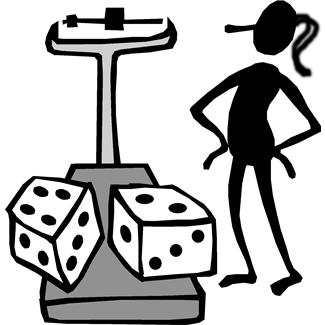
 Take away something without replacing it with something else in our lives and a gaping hole exists. To remove sugary drinks, we need to put something else there that will offer a reward of some kind. Otherwise, the emptiness becomes very uncomfortable.
Take away something without replacing it with something else in our lives and a gaping hole exists. To remove sugary drinks, we need to put something else there that will offer a reward of some kind. Otherwise, the emptiness becomes very uncomfortable. How much nicer it is when the hole is filled with something meaningful, like water for a refreshing swim, symbolic of water to drink.
How much nicer it is when the hole is filled with something meaningful, like water for a refreshing swim, symbolic of water to drink.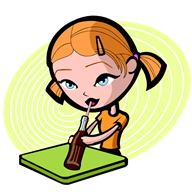 2) Are we craving drinking sweet liquid because we enjoy the way it feels, tastes or looks?
2) Are we craving drinking sweet liquid because we enjoy the way it feels, tastes or looks?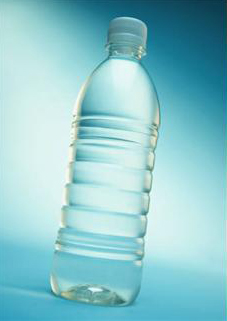 ECONOMICS
ECONOMICS
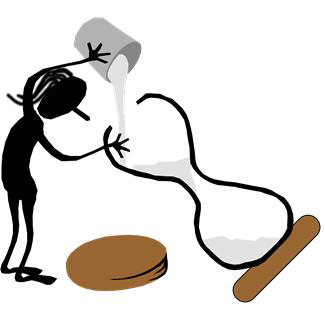 When a program talks about removing a substance or craving instead of adding pleasure with something new and awesome, whether drugs or sugary drinks, the program is talking about deprivation and pain instead of comfort and gratification. Addition instead of subtraction calms and nourish the mind; positive vs. negative speech conjures happy images. I am not saying to deny the goal or not to talk about it; but it’s more pleasurable to concentrate on adding than taking away. So why not use that tiny advantage!
When a program talks about removing a substance or craving instead of adding pleasure with something new and awesome, whether drugs or sugary drinks, the program is talking about deprivation and pain instead of comfort and gratification. Addition instead of subtraction calms and nourish the mind; positive vs. negative speech conjures happy images. I am not saying to deny the goal or not to talk about it; but it’s more pleasurable to concentrate on adding than taking away. So why not use that tiny advantage!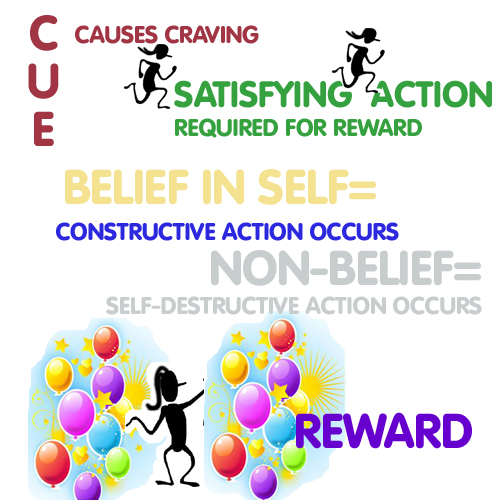
 There are so many cues that result in habitual action. Anything can set off someone who gambles to excess to create gambling by saying,
There are so many cues that result in habitual action. Anything can set off someone who gambles to excess to create gambling by saying, ACTION STEP
ACTION STEP After getting poison ivy many times in New York, I thought I was free of it when I moved to Florida. Ha! Little did I know that the precious mango tree that hung over the fence was loaded with the very same toxin. Cashew and pistachio, too, but I haven’t come into contact with those.
After getting poison ivy many times in New York, I thought I was free of it when I moved to Florida. Ha! Little did I know that the precious mango tree that hung over the fence was loaded with the very same toxin. Cashew and pistachio, too, but I haven’t come into contact with those.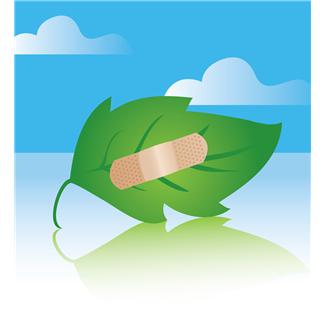 For years, I have been covering the dermatitis rash with bandages. This was for 2 reasons: 1) to keep the rash from spreading when the blisters broke and 2) to keep me from scratching it.
For years, I have been covering the dermatitis rash with bandages. This was for 2 reasons: 1) to keep the rash from spreading when the blisters broke and 2) to keep me from scratching it. The belief part of the equation comes from inside. We need to believe in ourselves to get the job done because we must be strong enough to remember our self-examination. Statistics say this is done in a group, even if it is a group of 2.
The belief part of the equation comes from inside. We need to believe in ourselves to get the job done because we must be strong enough to remember our self-examination. Statistics say this is done in a group, even if it is a group of 2. ACTION STEP
ACTION STEP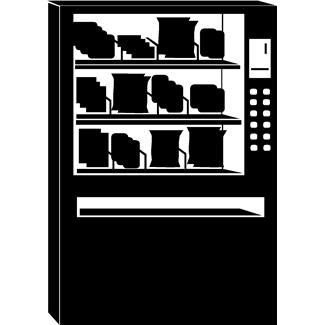 So you ‘re in school, you’ve had a pretty calm day, nobody teased you yet and you’re getting kind of hungry. You know you can step out and go to the bathroom and pass the snack machine, unless you’re in one of those states that has reduced snack machines in favor of salad bars. (I’m not knocking this; I’m for it since studies are showing that curbing the sugar foods in vending machines is helping a lot of girls with weight. It’s also teaching a better way of snacking.)
So you ‘re in school, you’ve had a pretty calm day, nobody teased you yet and you’re getting kind of hungry. You know you can step out and go to the bathroom and pass the snack machine, unless you’re in one of those states that has reduced snack machines in favor of salad bars. (I’m not knocking this; I’m for it since studies are showing that curbing the sugar foods in vending machines is helping a lot of girls with weight. It’s also teaching a better way of snacking.) ACTION STEP
ACTION STEP ACTION STEP
ACTION STEP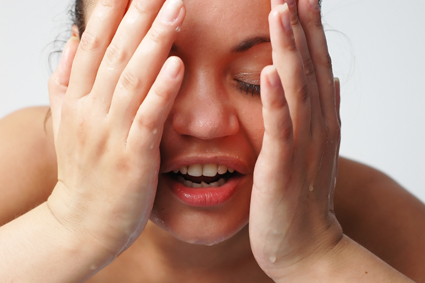 ACTION STEP
ACTION STEP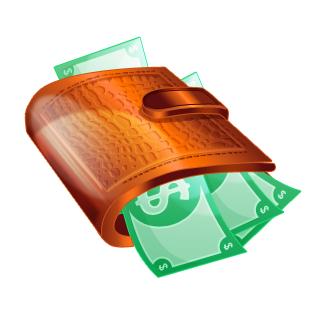 ACTION STEP
ACTION STEP Since I am about to speak on animal experiments, let me say that I applaud any research that does not involve the use of animals (gorillas already have rights) , that any animal should have the right to live a leisurely life in a posh facility as a reward if s/he has donated her time to human science;
Since I am about to speak on animal experiments, let me say that I applaud any research that does not involve the use of animals (gorillas already have rights) , that any animal should have the right to live a leisurely life in a posh facility as a reward if s/he has donated her time to human science;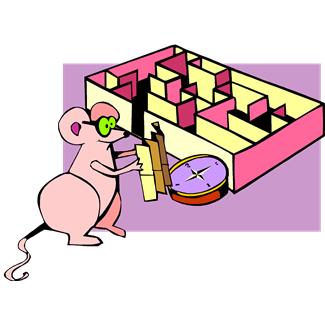 In Charles Duhigg’s book, cited above, he talks about experiments done by the National Institute on Alcohol Abuse and Alcoholism, where they studied habits using mice. They gave the mice a cue – which is the first of the three-part make-up of a habit – and, thus, created a habit. When the mice had learned to successfully respond to the cue, in this case, pull a lever, they were rewarded with food. This went on until it was quite routine for the cue, the action (the second part in the habit cycle) and the reward (the 3rd piece of the cycle).
In Charles Duhigg’s book, cited above, he talks about experiments done by the National Institute on Alcohol Abuse and Alcoholism, where they studied habits using mice. They gave the mice a cue – which is the first of the three-part make-up of a habit – and, thus, created a habit. When the mice had learned to successfully respond to the cue, in this case, pull a lever, they were rewarded with food. This went on until it was quite routine for the cue, the action (the second part in the habit cycle) and the reward (the 3rd piece of the cycle). For this action, he would get a reward of juice. After repeating this cycle – cue, acquired action (Duhigg calls this “routine”), reward – touching the lever to get his reward became an ingrained habit.
For this action, he would get a reward of juice. After repeating this cycle – cue, acquired action (Duhigg calls this “routine”), reward – touching the lever to get his reward became an ingrained habit.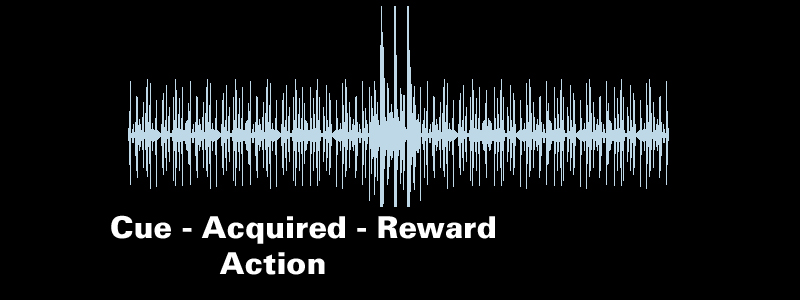 Schultz had had an electrode placed in Julio’s brain to read his neurological activity. It showed that Julio would get excited or happy when he got his reward. More activity at reward time in this simulation.
Schultz had had an electrode placed in Julio’s brain to read his neurological activity. It showed that Julio would get excited or happy when he got his reward. More activity at reward time in this simulation. As Julio’s habit became stronger, from more time doing the same behavior, his neurological activity changed. The spike in activity came from anticipating his reward. So the cue became the trigger. The excitement that used to come from the reward was now coming when he saw the cue (in this case, it was visual). Ah, primates! How alike we all are.
As Julio’s habit became stronger, from more time doing the same behavior, his neurological activity changed. The spike in activity came from anticipating his reward. So the cue became the trigger. The excitement that used to come from the reward was now coming when he saw the cue (in this case, it was visual). Ah, primates! How alike we all are.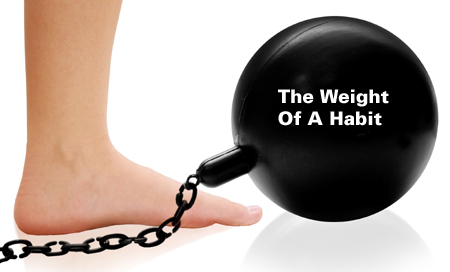 Let’s talk about Julio, the macaque, again. He had a strong habit. When the professor took away his reward or reduced the sugar content in his juice, he would become angry or depressed. He was hard to distract even when he was given the opportunity to go out of the experiment area and socialize with others because he was busy having an urge for what had been taken away. He continued to stay near his computer monitor which had given him the visual cue, continued to press the lever that had previously given him his reward, craving his reward.
Let’s talk about Julio, the macaque, again. He had a strong habit. When the professor took away his reward or reduced the sugar content in his juice, he would become angry or depressed. He was hard to distract even when he was given the opportunity to go out of the experiment area and socialize with others because he was busy having an urge for what had been taken away. He continued to stay near his computer monitor which had given him the visual cue, continued to press the lever that had previously given him his reward, craving his reward.





